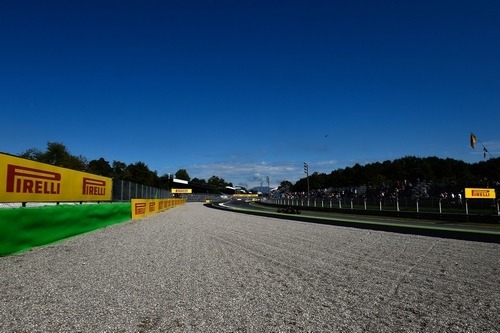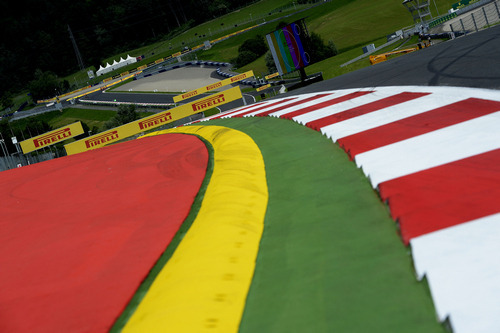
Ever since the Formula One teams made the push for track limits to be abolished at the F1 Strategy Group meeting at the end of July, the debate about track limits has been in full swing. Teams feel that the current regulations present discrepancies when it comes to the application of the track limits and they feel that they should be removed. But is this really a good idea?
Although it can be quite annoying to see some drivers get penalties for exceeding track limits or making an illegal overtake, it is a necessary aspect of Formula One, or any motorsport for that matter. We can’t have drivers gaining a massive advantage by running wide in the exit of a corner to get a higher exit speed because that would be completely unfair to the other drivers that are taking the proper line.

With more and more circuits replacing the grass or gravel pits with paved runoff areas, the number opportunities for drivers to abuse track limits has increased. Although some people argue that this whole debate could be solved by just putting gravel traps and grass back into the runoff areas, that wouldn’t be ideal. Although it would give drivers motivation to avoid going off of the track, many circuits host other racing series, like MotoGP, where gravel traps presents an increased risk for drivers. In addition, no one really wants to see their favourite driver’s day come to a premature end when they get on the grass and crash or get beached in a gravel trap.

Although the increased use of sausage kerbs would stop drivers from running wide or cutting the corner, they present a massive danger in the event of a crash and they can cause damage to the car if they are hit the wrong way. No one wants to see the same situation that we saw in Austria, where many cars suffered suspension failures due to the newly installed kerbs.
Perhaps the answer if not to get rid of track limits, but change the way in which they are applied instead.
If teams are concerned about the stewards applying the track limits rules fairly and accurately, then the electronic track limits detection system is the best solution to the issue. The simple three-strike rule leaves no room for human judgement or human error, meaning that the teams can’t blame the stewards when they get a penalty for track limits violations. Even though the system was heavily criticized in Hungary, it is the only solution to the debate.
Simply getting rid of track limits is a completely irrational idea. Without track limits, there would be no point for having a track designed if drivers can just select their own racing lines without punishment.
F1 Strategy Group Decides On Many Changes
Hamilton Questions The Safety Of Austria’s Kerbs
The views and opinions expressed in this article are solely those of the author and do not necessarily reflect the official policy or position of any other agency, organization, employer or company. Assumptions made in any analysis contained within this article are not reflective of the position of any entity other than the author.